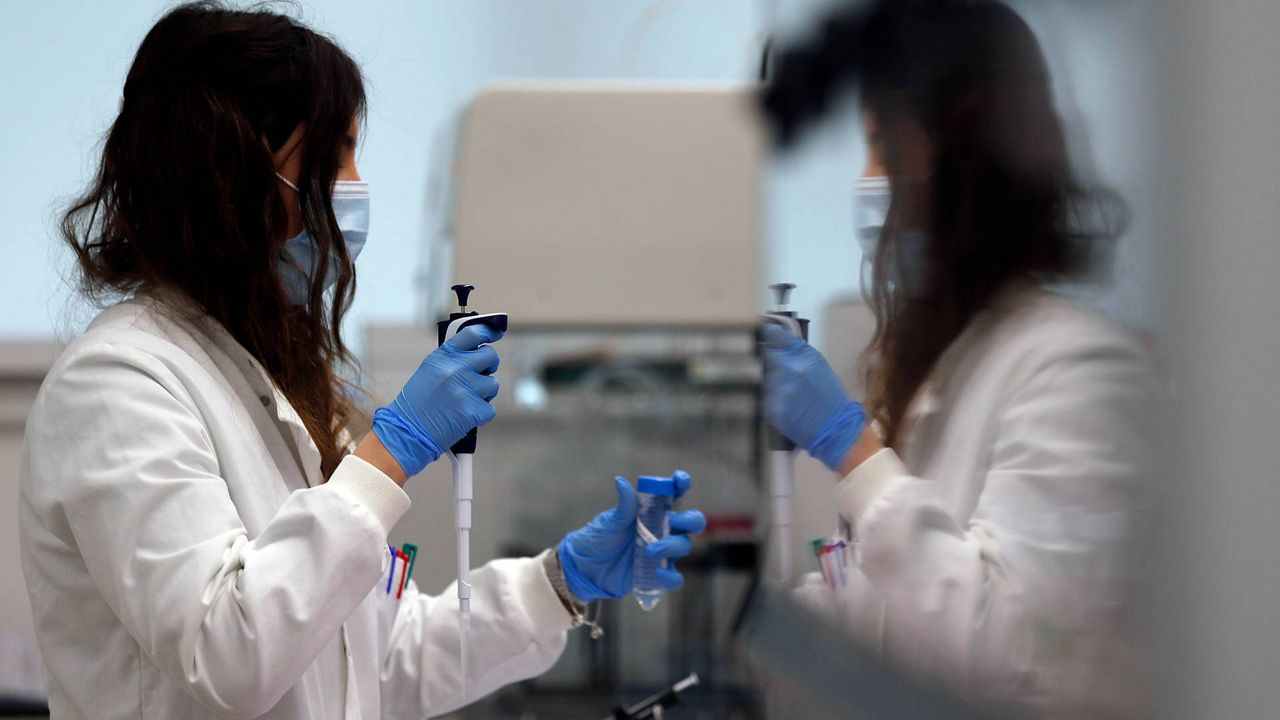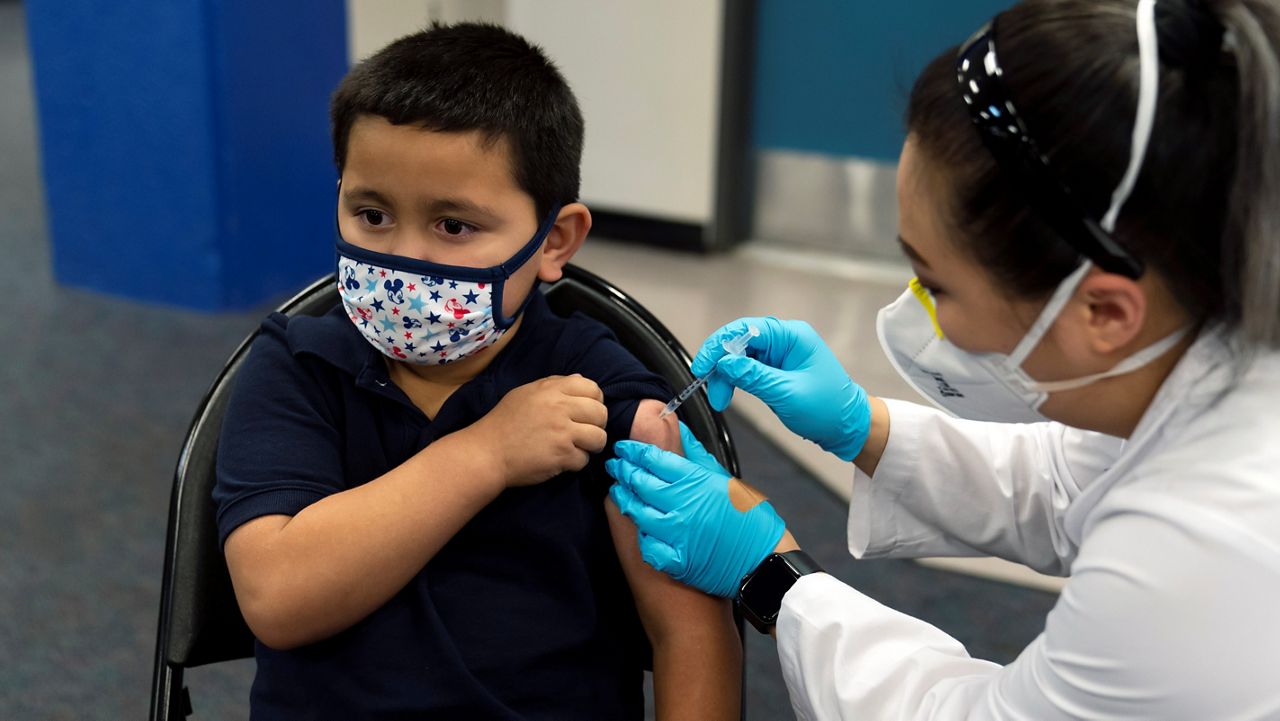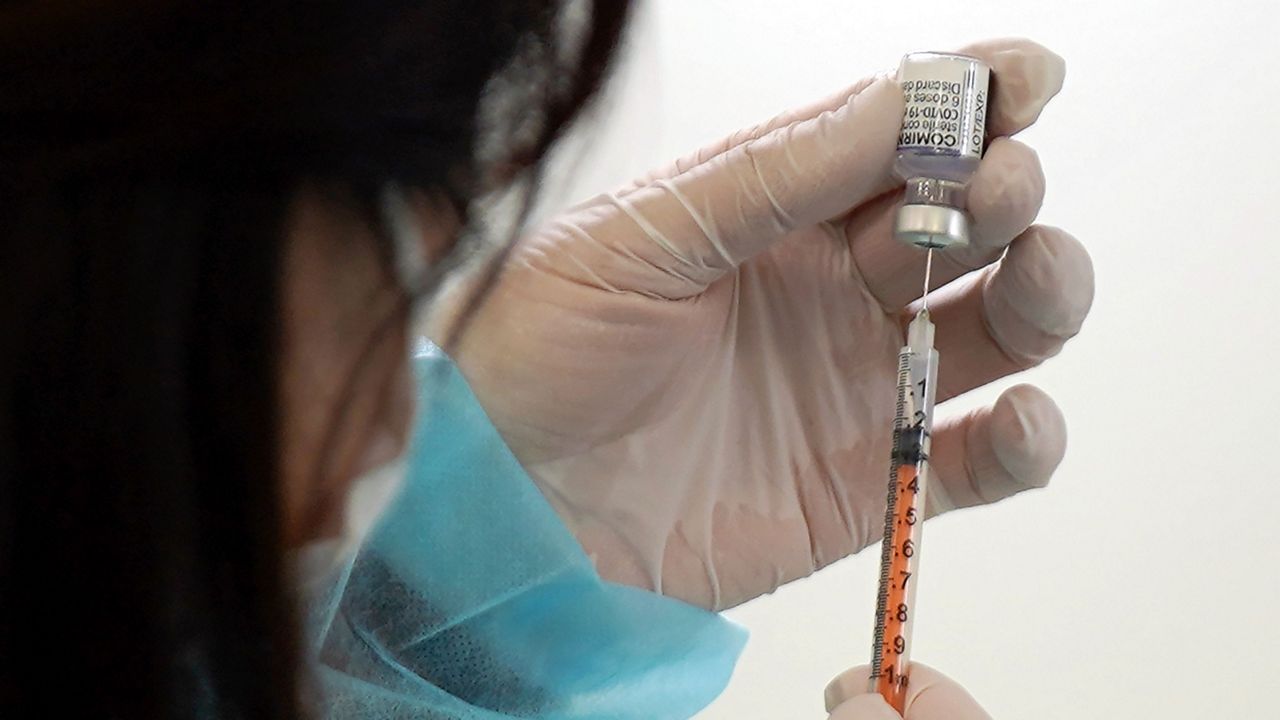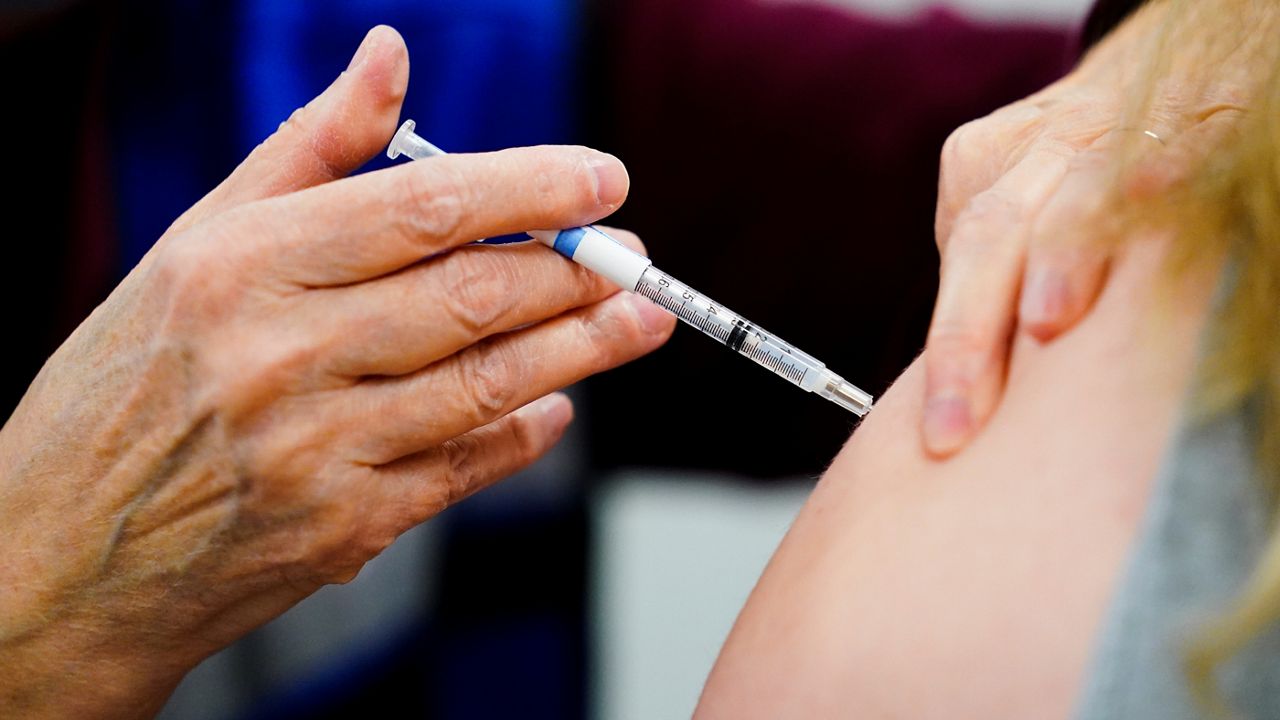Spring in North Carolina has brought with it a major drop in coronavirus cases. The latest data from the state shows about 3,000 cases over the last week. Just a couple of months ago, the state was seeing that many cases each day.
Doctors and public health officials are breathing a sigh of relief after the winter omicron surge that caused thousands of new cases each day. But they are also keeping a close eye on a new variant called BA.2, a subvariant of omicron.
“It is different today than it was a month ago and certainly two months ago. There’s just a lot less intensity. There’s fewer people in the hospital, there’s fewer people in the ICU, there’s fewer people dying,” said UNC Health’s Dr. David Wohl, who has been helping lead the hospital’s pandemic response.
BA.2 is a new subvariant of omicron, sometimes called “stealth omicron.” But, Wohl said, “there’s nothing stealthy about it.” It still shows up on the same tests and the symptoms are the same as earlier variants.
Research shows it’s even more contagious than the original omicron, called BA.1. The original omicron was notable because it was more infectious than the variants before it.
“They are evolving to be more infectious because the more people you infect, the more people you infect. That’s what a virus wants to do,” Wohl said.
The good news is that it doesn’t appear to make people sicker than the earlier version.
“There is no evidence that BA.2 results in more severe disease compared with the BA.1 variant, nor does it appear to be more likely to evade immune protection than BA.1. But BA.2 does appear to be more transmissible than BA.1,” said Dr. Rochelle Walensky, director of the Centers for Disease Control and Prevention.
Some of the medications developed to help treat coronavirus patients do not work as well with the new variant, Wohl said, but there are still very good treatment options for people at high risk.
Speaking during a White House press briefing Tuesday, Walensky said BA.2 now accounts for an estimated 72% of new COVID cases across the country.
But overall case rates across the country and the number of people in the hospital have continued to drop.
In North Carolina, the new variant appears to be becoming the more dominant strain, mirroring the rest of the country.
It can take weeks to do DNA sequencing on COVID-19 cases, so the full results are not in yet. But, of the 22 cases sequenced in North Carolina for the last week, more than half were BA.2, according to data from the North Carolina Department of Health and Human Services.
Overall, the numbers continue to be low. The state reported about 3,000 new cases over the last week, which is up slightly from the week before. Earlier this year, it was common to have thousands of new cases reported in just one day.
The number of people in the hospital is also down, with 274 hospitalized last week, according to DHHS.
The numbers did not drop because of luck, he said.
“We are basically enjoying the fruits of getting a lot of folks vaccinated, getting a good amount of people boosted. Having prior infection also augments our immunity,” Wohl said.
Public health officials are watching the situation in Europe closely. What happens in the United States tends to mirror what happens in Europe.
Evidence from Europe is mixed with BA.2, Wohl said. In the United Kingdom, the new strain brought an increase in cases and hospitalizations.
But in Denmark, he said, case numbers have not spiked with the new variant.
“That’s what worries me, because what happens in the U.K. generally happens to us,” Wohl said.
Both of those countries have more people vaccinated and boosted than the United States, he said.
“We’re going down the road — it’s forked, I don’t know which way we’re going to go. I’m really hoping this calm continues,” he said, and the United States is more like Denmark than the United Kingdom.
Wohl said New York is already seeing cases increase again, so he’s prepared in case things get worse.
Vaccines still provide some protection against omicron, but public health officials and doctors say people should get their booster shots if they haven’t already.
“Our vaccinations don’t work as well against infection with omicron. They work: let’s be very clear. It’s like having a bullet-proof vest. A bullet-proof vest doesn’t protect you from head to toe, but it protects you,” Wohl said.
Omicron has been better at getting around the defenses of the vaccines, but booster shots get that protection back up, he said.
“You’re stacking the odds back up in your favor against omicron,” Wohl said. “If you are boosted, you are in good shape. If you are eligible for a fourth shot, take it.”
He said he plans to get his fourth shot this week. Fourth shots of the Pfizer and Moderna vaccines are available to anyone 50 and older.
Federal officials are also pushing people to stay up to date on COVID-19 vaccinations.
“The high level of immunity in the population from vaccines, boosters and previous infection will provide some level of protection against BA.2. However, we strongly encourage everyone to be up to date on their COVID-19 vaccines,” Walensky, the CDC director, said Tuesday.
“We’re dropping our masks, we’re getting back in restaurants and bars, kids are in school and playing sports. The same time that we’re doing that, BA.2, a more infectious variant, is circulating,” said UNC’s Wohl. “Those are the ingredients that make us a little worried.”
But for now, he said, “It’s calm, just hoping it’s not the calm before a little tempest.”
The CDC director said Tuesday that almost every county in the United States is reporting low community levels of the virus.
“If we look more closely at the local level, we find a handful of counties where we are seeing increases in both cases and markers of more severe disease, like hospitalizations and in-patient bed capacity, which have resulted in an increased COVID-19 community level in some areas,” Walensky said.
If doctors, health officials and the public at large have learned anything about this virus, it’s that nobody knows what may come next.
“It’s very hard to predict the future,” Wohl said. But he said he will be prepared for whatever that is.









